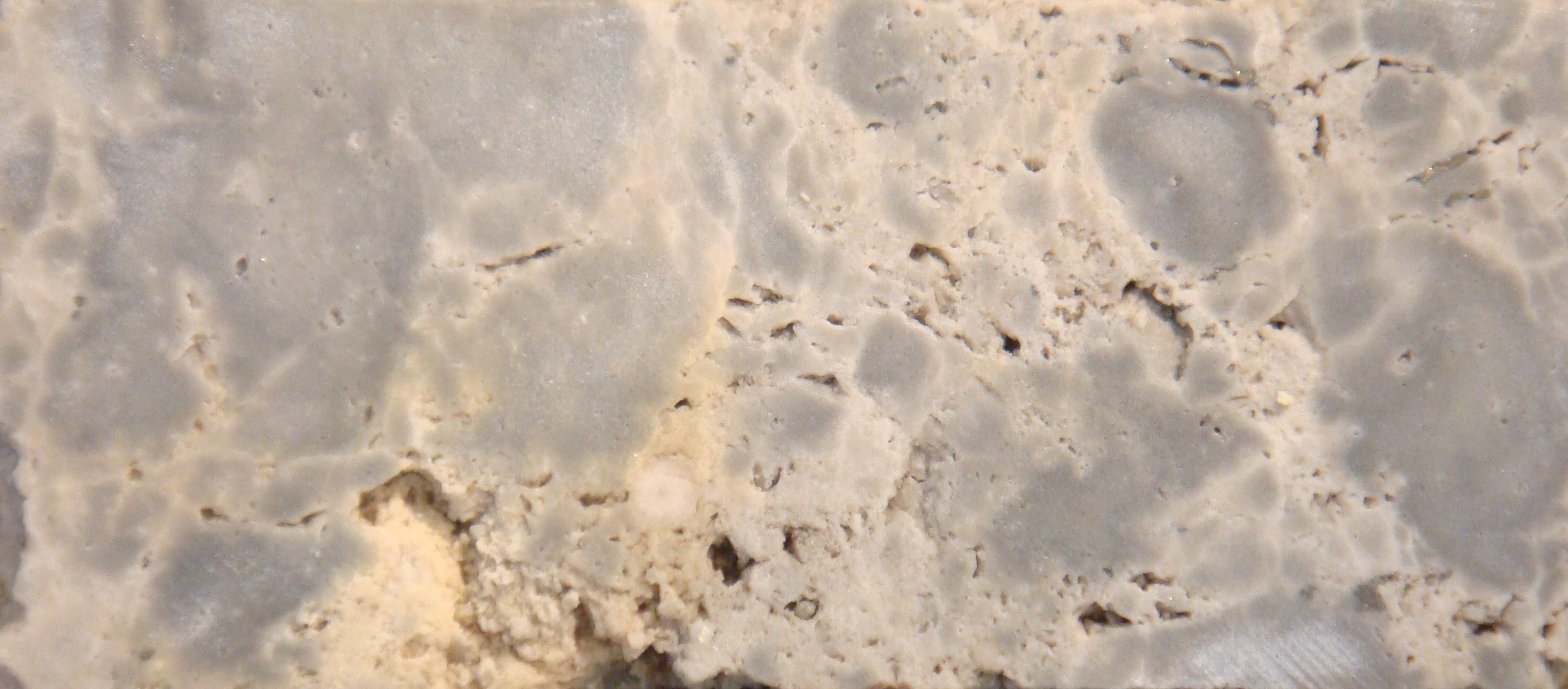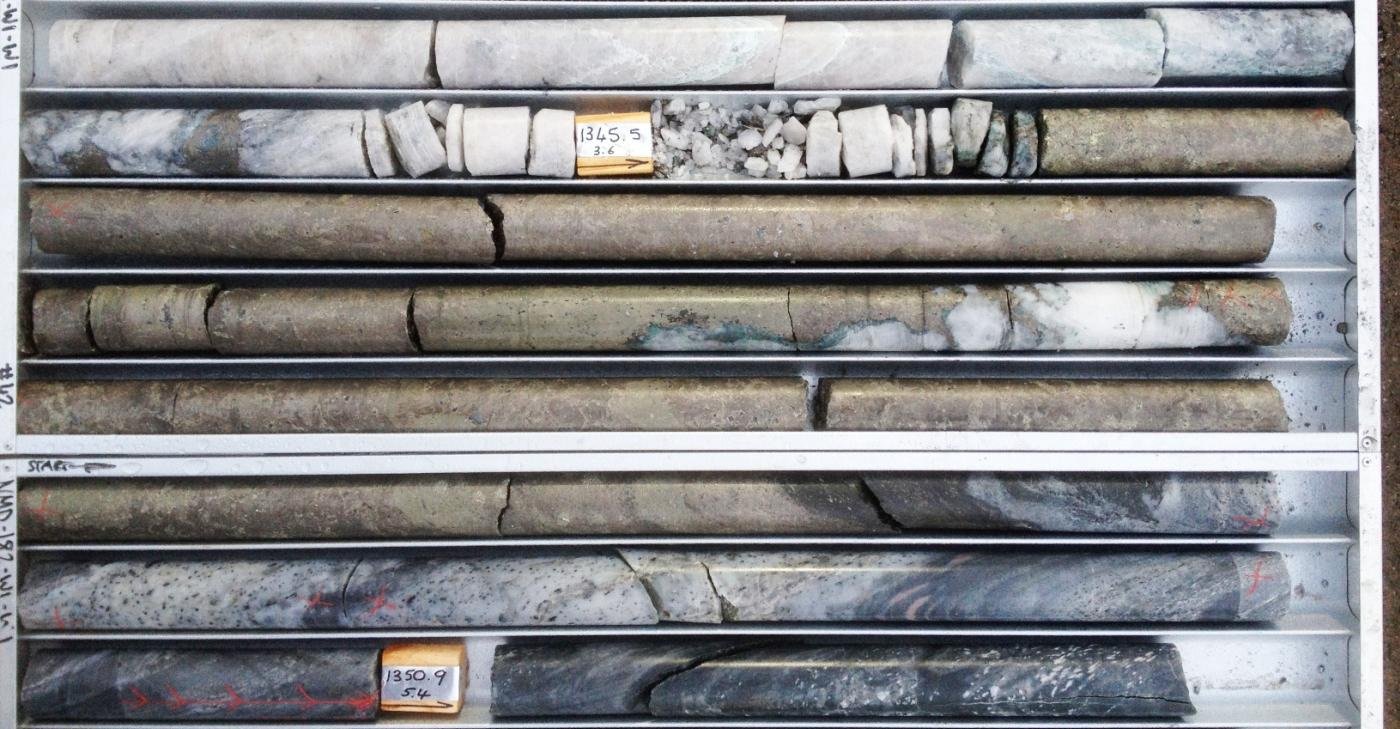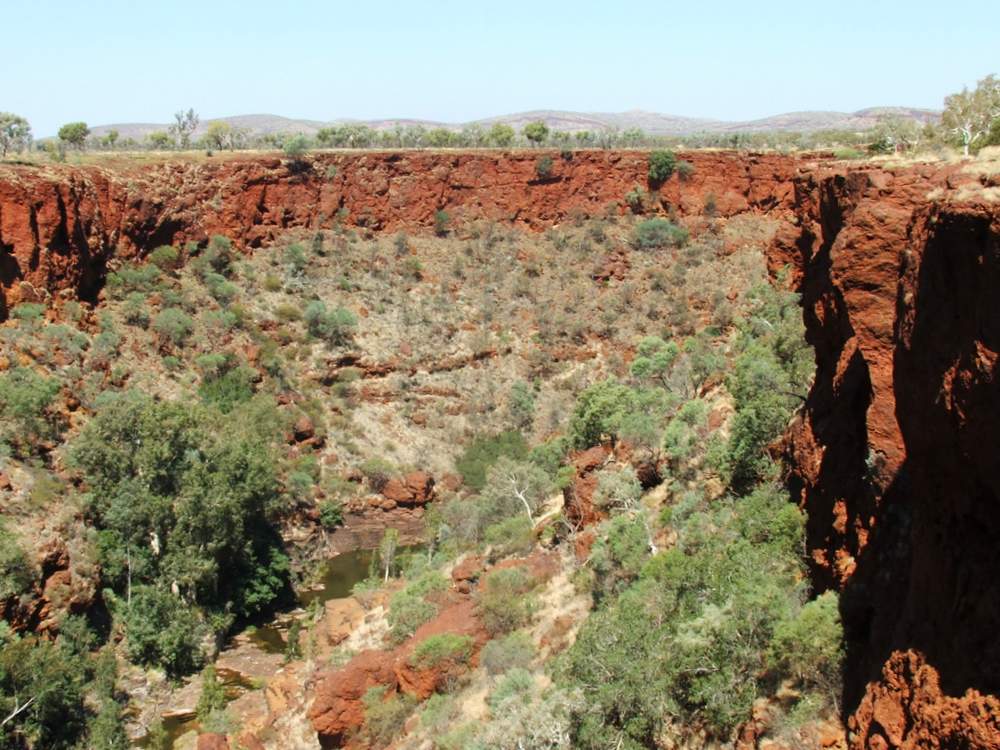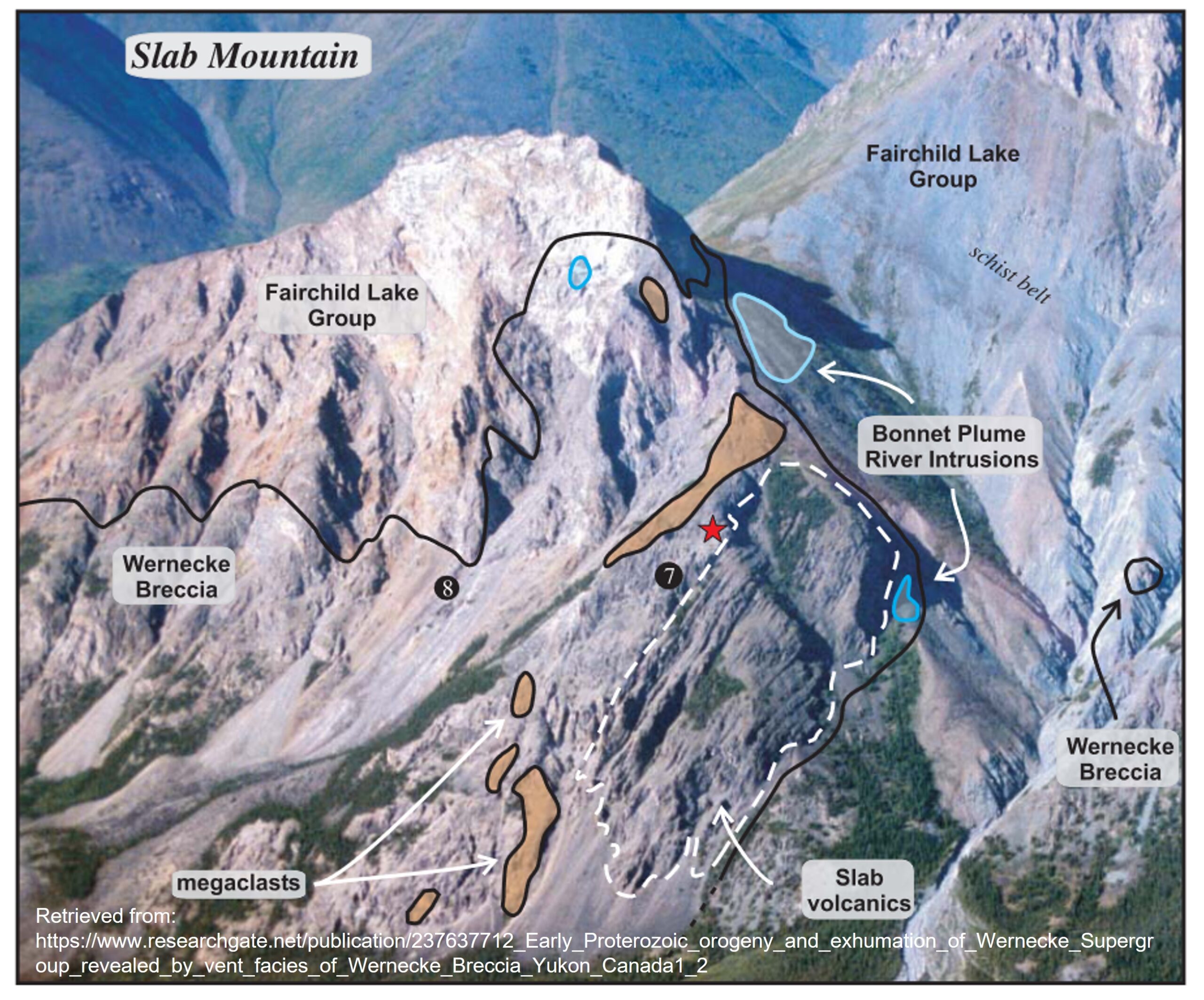If we remove the three high grade intervals we can calculate that the remaining 20m graded at 0.56 g/t gold. Not spectacular, but still above their deposit cut off and reasonably shallow. When you put it all together it makes for a pretty decent hole.
VANCOUVER, BRITISH COLUMBIA–(Marketwired – Sept. 11, 2014) – Columbus Gold Corporation (TSX VENTURE:CGT)(OTCQX:CBGDF) is pleased to announce an exceptional drill intercept of 4.48 g/t gold over 38.6 meters from its 100%-owned Montagne d’Or gold deposit, Paul Isnard Project, in French Guiana.
[box type=”note” align=”aligncenter” ]Columbus Gold Corp. is a junior exploration company actively working on it’s Paul Isnard project located in French Guiana. Exploration on the project is currently funded by Nordgold who is pursuing a 50.01% interest in the project. The option agreement requires that Nordgold complete a bankable feasibility study and incur $30 million in exploration expenditures over 3 years. In addition, Nordgold must pay Columbus Gold $4.2 million, providing Columbus Gold Corp. purchases an underlying royalty.
Unlike the west coast of South America where the mineral deposits are related to younger episodes of mountain building along the edge of the South American Plate, the geology of French Guiana is much older and perhaps more similar to the Pre-Cambrian Greenstone belts of Canada and West Africa. The deposit itself is described as a “SMS” or semi-massive sulfide deposit. In geology, the term “massive” is a description of rock texture and not a reference to to size or mass. Massive sulfides are continuous and relatively uniform zones of metal-bearing sulfide minerals. Semi-massive sulfides are discontinuous and the company describes the mineralization as consisting of dispersed mineral grains, seams and small veins.
An updated 43-101 compliant mineral resource estimate for the project was completed in August 2014 and reports 4.3 million ounces within 140.1 million tonnes grading 1.0 g/t gold and using a 0.4 g/t cut off.
French Guiana is known as an “Overseas Department” of France and is located on the northeast coast of South America bordering Brazil and Suriname. Deforestation, pollution and violence related to illegal mining activity are an ongoing problem in the region, which is heavily forested and mostly undeveloped. Illegal mining occurs when miners begin surface or underground mining operations without the mineral rights, environmental or mine permits. [/box]
“Columbus continues to deliver excellent drill results from Montagne d’Or, with this latest result from hole MO-14-167 which is located 570 meters from the recently announced intersection in hole MO-14-164 of 3.15 g/t gold over 33.5 meters,” commented Robert F. Giustra, Chairman and CEO of Columbus Gold. “These two holes perfectly demonstrate the considerable potential of the deposit, and its propensity to distribute exceptional grades and widths through the system, and in particular in the principal UFZ zone.”
Highlights of drill hole MO-14-167 are as follows:
| Drill Hole | Intercept (m) | Grade | Length | True Width | |
| From | To | g/t Gold | m | m | |
| MO-14-167 | 89.3 | 127.9 | 4.48 | 38.6 | 30.2 |
| including | 90.9 | 93.9 | 8.43 | 3.0 | 2.3 |
| including | 102.7 | 105.3 | 9.31 | 2.6 | 2.0 |
| including | 109.8 | 116.4 | 16.5 | 6.6 | 5.2 |
- Hole 167 is within a first series of holes that were planned to better define the west-central section of the UFZ. The intersection is located at 150 metres from surface and demonstrates the continuity at depth of the UFZ.
[box type=”note” align=”aligncenter” ]This drill result is from the company’s ongoing 25,700 m second phase of drilling. Note that the company has included three higher grade intervals within the larger averaged interval. If we remove the three high grade intervals we can calculate that the remaining 20m graded at 0.56 g/t gold. Not spectacular, but still above their deposit cut off and reasonably shallow. When you put it all together it makes for a pretty decent hole.
Also note that they have included the true width in their drill results. The company has a fairly good understanding of the deposit geology which allows them report a true thickness for the intercepted zones.[/box]
Eighty (80) drill holes (MO-13-106 to 184 and MO-14-190) out of a planned 130 have been completed to date in Phase II drilling at Montagne d’Or, for a total of 14,040 meters, of 25,700 meters.
The drilling is being funded by Nord Gold N.V. (LSE: NORD LI) as part of a minimum US$30 million exploration and development program pursuant to which they can earn a 50.01% interest in Montagne d’Or and the Paul Isnard mineral claims, by completing a bankable feasibility study no later than March 2017.
Qualified Person, Technical Info and QA/QC
Diamond drill holes were bored with HQ-size core in the upper oxidized saprolitic zone and NQ-size core in fresh rock. The core was placed in plastic core boxes with covers and delivered by the drilling contractor, Performax Drilling Inc., a Canadian company with qualified personnel, to the Citron camp logging facilities, located 5 km from Montagne d’Or. Columbus Gold personnel are present at the camp at all times during the drilling program.
[box type=”note” align=”aligncenter” ]The company is using HQ-size core in the “upper saprolitic zone” and smaller NQ core in the fresh, unaltered bedrock. Saprolite is highly weathered rock that is common in tropical climates where heat and water are continuously affecting the rock. In some areas, the weathering of tropical soils and rocks can concentrate metals and host specific types of mineral deposits (eg. bauxite and nickel laterite). At the Paul Isnard project, a small portion of the resource (~1.5%) is included within the saprolite.[/box]
The core was photographed for reference, logged (geotechnical and geological) and identified sulphide mineralised sections were sawed in half. Sample lengths vary between 0.5 to 1.5 meters. Individual half core samples were placed in canvas bags and sealed by batch of 9 samples in polypropylene bags for air transport to the Cayenne and trucking to Filab Amsud laboratory in Paramaribo, Suriname, an ISO 9001 and ISO / IEC 17025 accredited laboratory. The remaining half core is stored in core racks on site at Citron camp for reference. Samples were assayed for gold by fire-assay method using an atomic absorption finish on a 50-gram pulp split.
A quality assurance and quality control program (QA/QC) was implemented by Columbus Gold and Filab Amsud to insure the accuracy and reproducibility of the analytical method and results are maintained. The QA/QC program includes the insertion of standards, blanks and field duplicates in each laboratory assay batch and systematic re-assaying of samples returning values above 5 g/t Au by the fire-assay method using a gravimetric finish on a 50-gram pulp split. As well, 10% of random sample pulps are sent to SGS del Peru S.A.C. laboratory for gold check assaying.
[box type=”note” align=”aligncenter” ]The company describes their QA/QC program. These are implemented to help ensure accuracy in assay results.
Columbus Gold Corporation is currently trading at $0.43 about midway point within it’s 52-week range of $0.245 and $0.63.[/box]
The drilling program is being conducted under the supervision of Rock Lefrançois, P.Geo. (OGQ), Chief Operating Officer for Columbus Gold and Qualified Person under National Instrument 43-101. Mr. Lefrançois, the Qualified Person, has reviewed this news release and is responsible for the technical information reported herein, including verification of the data disclosed.





